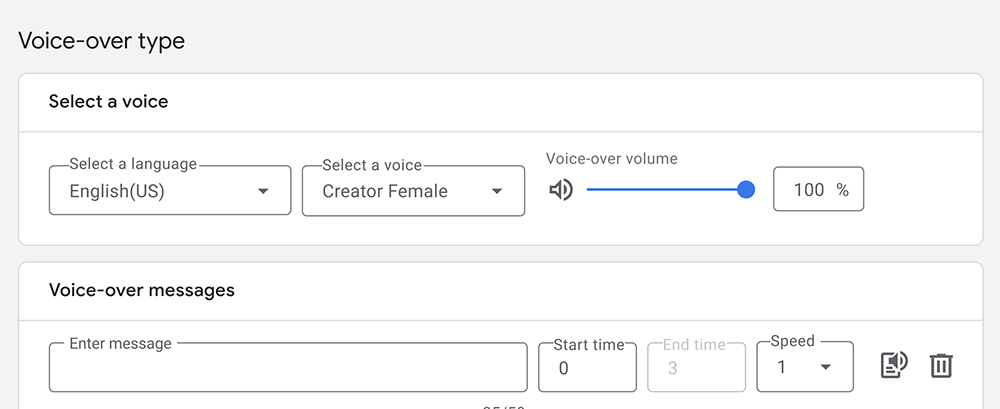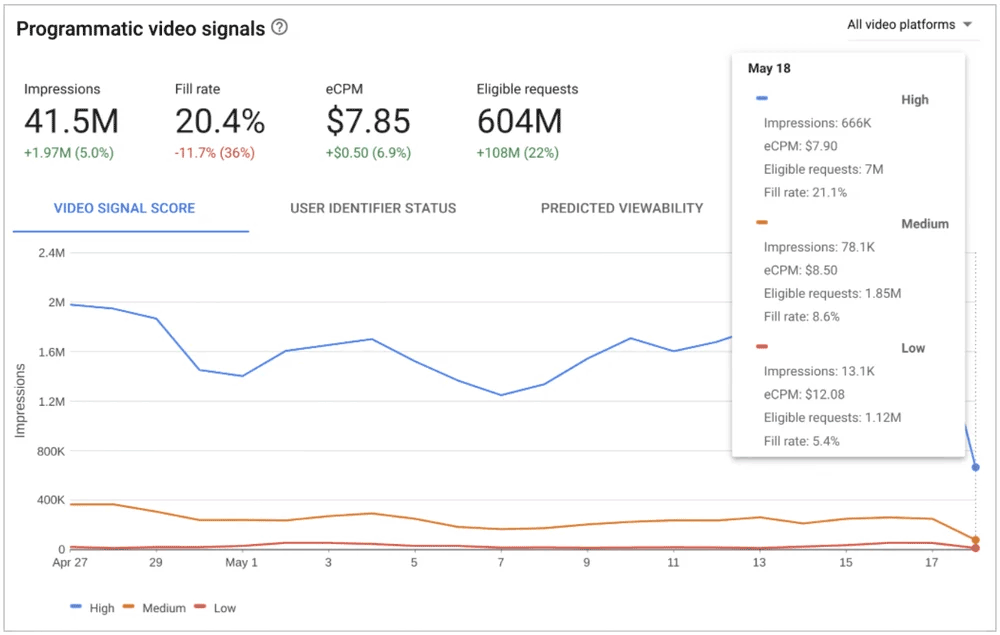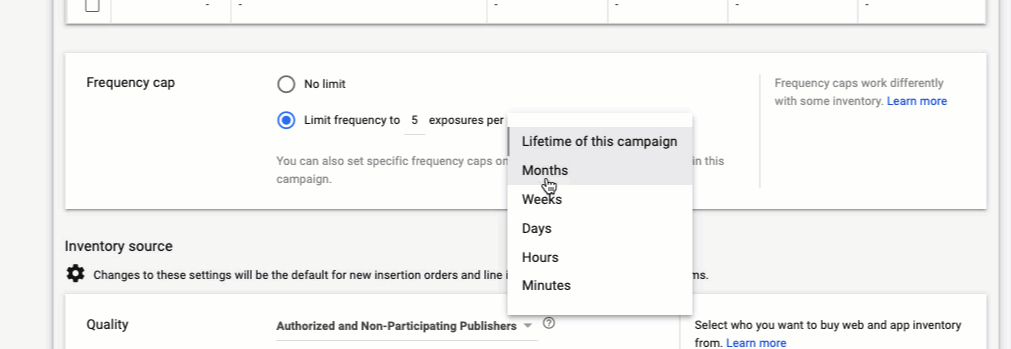As one of the world’s premiere advertising platforms, Google is continually evolving to meet the changing needs of businesses and consumers. If you’re running Google Video Ads or considering doing so, it’s essential to stay up-to-date on the latest news and changes. We’re going to explore some of the recent Google Ads updates.
1. YouTube Video Ads New text-to-speech feature
If you’re looking to make your YouTube video ads more effective, Google Ads has launched a new feature that can help. By leveraging their text-to-speech technology, you can now add a voice-over to your ads quickly and easily. According to Google’s research, audio is a powerful tool for capturing viewers’ attention and driving results. That’s why this feature is so exciting. With just a few clicks, you can convert your script into natural-sounding speech and overlay it onto your video. This feature is available directly from the asset library in Google Ads, making it a simple and streamlined process for businesses of all sizes.
2. Google video health tools
Google offers a few automated tools that can assist video publishers in gaining a much better understanding of their video inventory.
Upon logging into their accounts, users will be presented with highlighted opportunities that they may have previously overlooked. Additionally, the Programmatic Video Health tool provides more detailed insights that can help publishers evaluate the performance of their inventory in auctions compared to others.
By using a video signals card, you can get a comprehensive snapshot of your video inventory’s performance. This card tracks several key signals, such as viewability, the name of the app or web domain where your videos are being shown, and audience information.
Furthermore, these signals provide information on the potential financial impact of videos. By using these relevant signals, you can more easily determine the worth of your video inventory and pinpoint areas where specific metrics could be improved.
3. Real-time video reporting
Google has enhanced its real-time video reporting capabilities, resulting in a significant 10-fold increase in the availability of historical ad serving data. This notable upgrade has reduced the time required to access performance data to less than 2 minutes.
Being able to promptly review ad-level data is crucial in identifying and resolving errors within seconds. This is particularly essential for videos that have a large amount of views, as every moment is valuable.
By accessing insights such as Ad requests, Key-values, and the best line item details, you can swiftly identify and rectify any inventory-related issues, enabling you to resume your activities in no time. These insights serve as valuable tools for verifying and resolving potential problems with your inventory, allowing for a seamless operation.
4. Video ad sequencing
Google’s YouTube Video Ads sequencing feature allows advertisers to tell a story through a series of ads. With sequencing, advertisers can create a specific sequence of ads that will be shown to viewers in a particular order, ensuring that each ad builds on the previous one. This feature is particularly useful for driving brand awareness and engagement.
5. Ad frequency capping
Google recently introduced ad frequency capping for YouTube Video Ads. This feature allows advertisers to limit the number of times an ad is shown to the same viewer. Ad frequency capping can help prevent ad fatigue and ensure that viewers aren’t bombarded with the same ad repeatedly.
Google Video Ads are continually evolving, and it’s essential to stay on top of the latest news and changes. By staying informed, you can ensure that your Google Video Ads are as effective as possible in reaching and engaging your target audience.
Why not talk to Urban Media today, a certified Google Ads Agency who can help you with any questions or issues you have regarding Google Ads and it’s many benefits.





